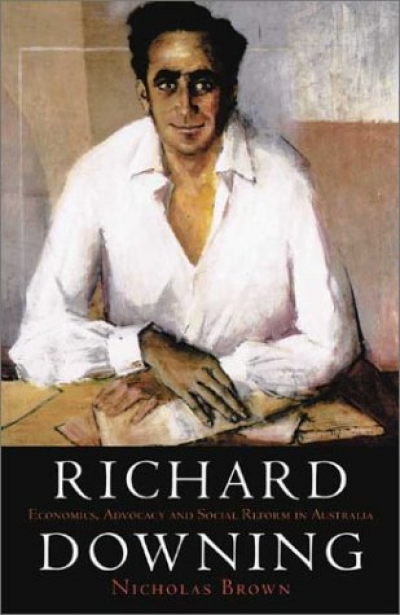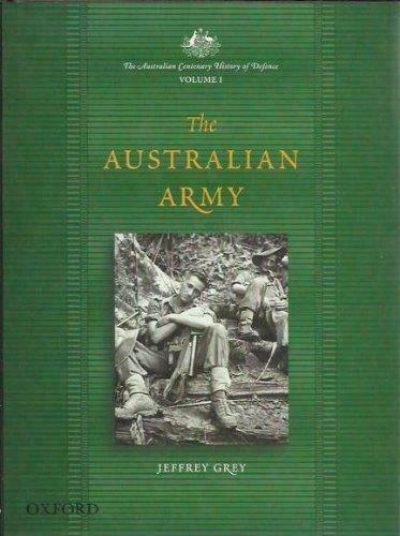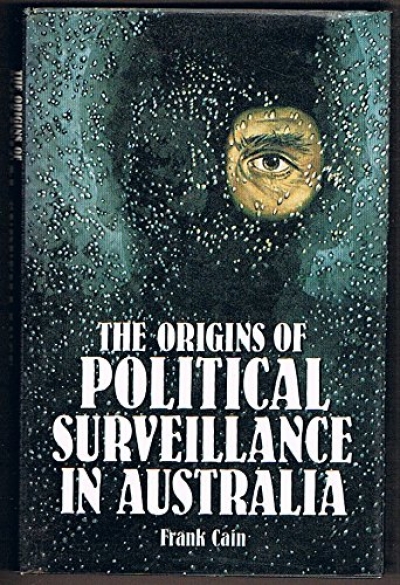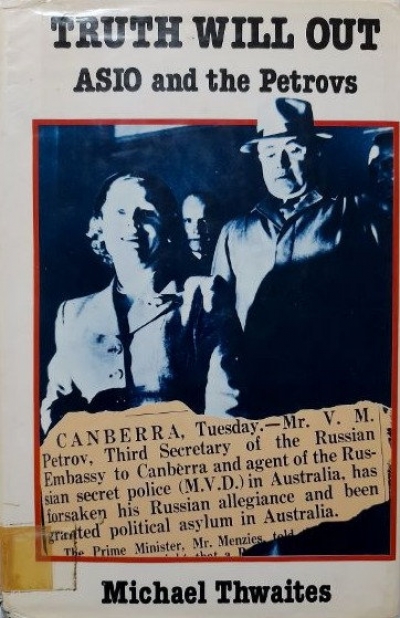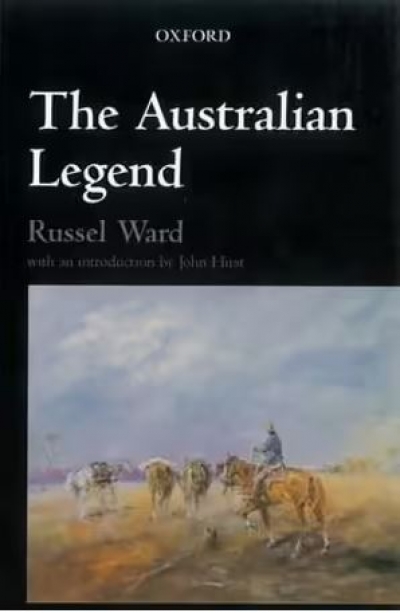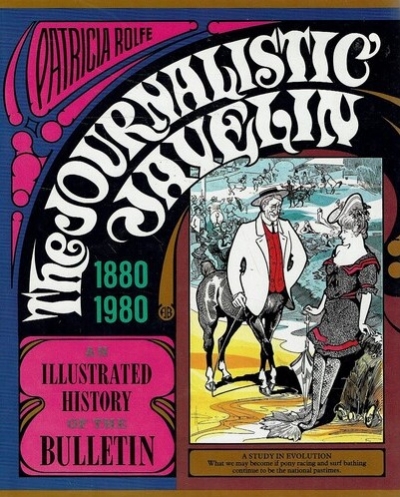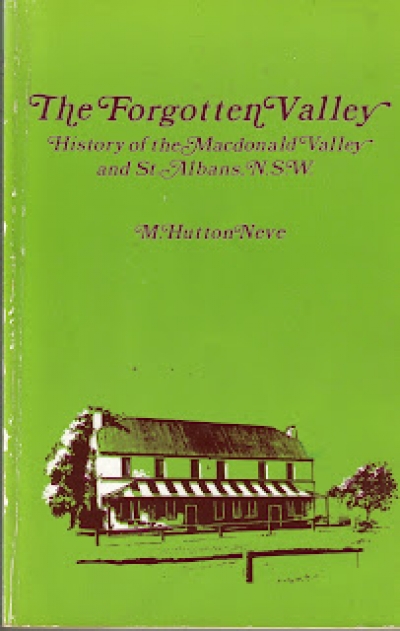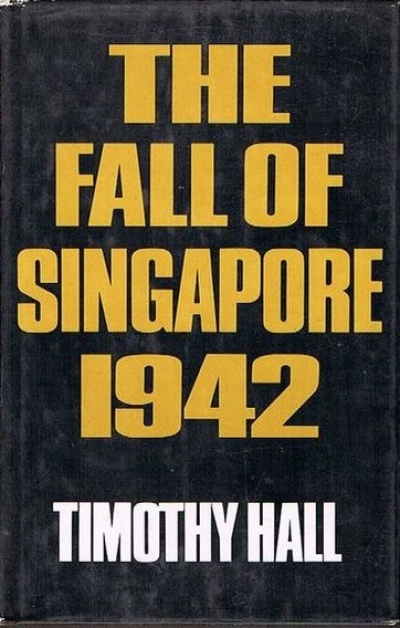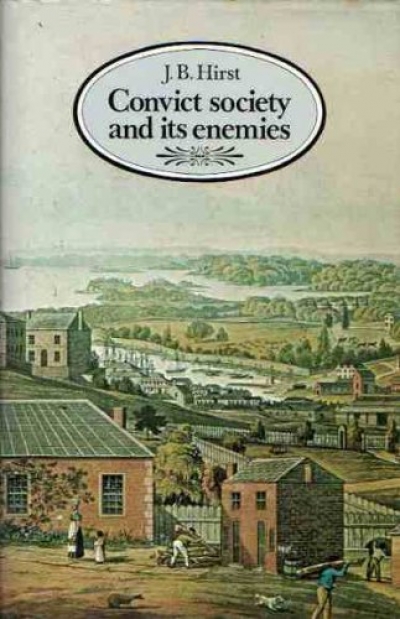Australian History
Richard Downing: Economics, advocacy and social reform in Australia by Nicholas Brown
‘Dick Downing had a keen sense of what would make Australia a better country – for a strongly welfare minded economist – the knack of being in the right place at the right time.’ Thus Nicholas Brown, in his subtle and intelligent account of one of the shapers of Australia in the twentieth century.
... (read more)The Australian Centenary History of Defence: Vols. I–VII edited by John Coates & Peter Dennis
This handsome set of volumes – this ‘library’, it might almost be said – is one of the finest large publishing projects undertaken in Australia over recent years. Dedicated to ‘those who have served in the defence of Australia, 1901–2001’, it is brought triumphantly to a conclusion by the recent issue of its Volume VII, An Atlas of Australia’s Wars. This climactic volume, lying open on your desk, spreads eighty centimetres wide and is a splendidly presented treasury of geographical and logistical information. Now we can make better sense of, for example, the plethora of existing individual unit histories. Many of these (despite their wealth of fine detail and personal information) have baffled our broader understanding. Now we have, set out before us, the land (or the sea, or the airspace) where the fighting took place, and can appreciate reality in a new dimension.
... (read more)The Origins of Political Surveillance in Australia by Frank Cain
This is such a good book, written in the best military fashion, with all points assembled in proper order but written with the wit and irony usually missing from military historians, that it is a pity it is not better designed. The title page really lacks finesse. But the illustrations and notes are very well-chosen and easy on the eye. It deals equally with civilian surveillance as with military surveillance over, and the reduction of, the rights of others.
... (read more)When I was in London working on a book that Nicholas Whitlam and I wrote on the Petrov Affair, I became friendly with Dr Michael Bialagouski. Bialagouski and I went out several times with our wives to places selected by Michael; a gambling club that had once been run by George Raft, a Chinese restaurant that had a reputation in intelligence circles, that sort of thing.
... (read more)For a reform politician, these three books should be compulsory reading. They are not, for such a reader, heartening. But they do ‘serve in many respects to discover, to confute, to forewarn, and to illustrate’.
Brian Dale’s Ascent to Power, very much less than fair to Neville Wran, is an unintended expose of the nature of political journalism in this country and its practitioners.
... (read more)I am writing this review in a cafe in the main street of Gympie, a town founded on gold discoveries in 1867. It is 200 kilometres north of Brisbane and seventy kilometres from the coast. Frontier types abound in a town population of 11,000 and in farming communities around. Rough, craggy, sunburnt faces, wizened facial muscles, arms creased by years of hard work and a determined walk. In their everyday habits they exhibit loyalty to friends, a capacity to improvise and a contempt for blacks. And these are the women.
As our feminist historians have pointed out, there are few women in Russel Ward’s The Australian Legend, first published in 1958. Indeed in the index there are only a handful of entries: ‘on goldfields’, ‘prostitution’ or and ‘shortage of, in bush’, the last being the longest entry.
... (read more)The Journalistic Javelin: an illustrated history of the Bulletin by Patricia Rolfe
The Bulletin, The Bulletin,
The journalistic Javelin,
The paper all the humor’s in
The paper every rumor’s in
The paper to inspire a grin
The Bulletin. The Bulletin.
(The Bulletin, 28 May 1887)
Though I’d been looking forward to this book I had doubts about reviewing it. By definition it must touch on personal loyalties and friendships, and then, too, I had preconceptions about Bulletin history.
... (read more)Within three hours motoring of Sydney is a wild and lovely valley of forgotten history, where pioneer settlers sleep in forlornly neglected small cemeteries, or whose headstones mark their resting place on the original land grants. The Macdonald River meanders shallowly through farmlands and past a few scattered cottages; above tower the enclosing mountains bush-clad and rock-strewn; overall there seems to emanate a strangely disturbing restlessness as if the disembodied spirits of the first pioneers still exert an unseen influence in the once life-pulsating Valley.
... (read more)Timothy Hall has written a brief readable account of the lamentable Malayan campaign. but over the past forty years the story has been told more accurately and more dramatically by a succession of authors, many of whom were participants in that tragic debacle.
This obviously swiftly researched book is flawed by a number of omissions and exaggerations.
... (read more)In a major piece of historical revisionism, Dr John Hirst has scrutinised the so-called evils of convict society in New South Wales between 1788 and 1840. Together with a mythology that has stemmed from it. He sees the image of Botany Bay as a place of depravity, where ‘vice is virtue, virtue vice’, as having been created by the opponents of transportation, the late eighteenth-century prison reformers such as John Howard and Jeremy Bentham; he traces their influence through Evangelicals, like Wilberforce, to the liberal Russell and the radical Molesworth who, in the 1830s, saw Australian settlers wallowing with their assignees in a sensual sty. Since the penal colonies would never cleanse themselves, it behoved indignant parliamentarians at Westminster so to do.
... (read more)

